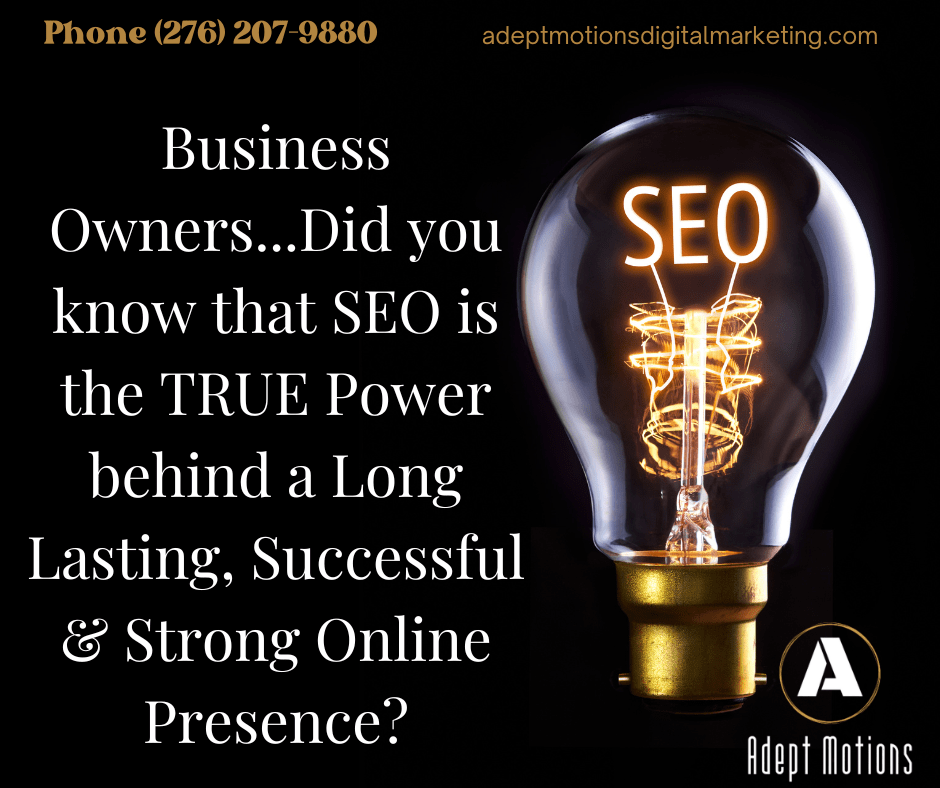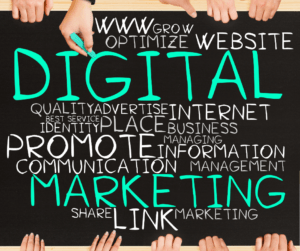Follow Us On Social Media
Knowing Your Target Audience
Knowing who your target audience is might be one of if not he most important marketing tips and can make all the difference in your marketing efforts. To start, pinpoint the demographics of your potential customers—age, gender, income level, education, and location are good places to begin. Beyond demographics, delve into their interests, lifestyles, and online behaviors. This will help you understand what they care about and how they spend their time online.
Gathering this data can be done through various means. Surveys and questionnaires are direct methods to get feedback from your existing customers. Social media analytics offer valuable insights into who is engaging with your content. Customer feedback, whether through reviews or support interactions, can also provide useful information.
Once you have collected this data, analyze it to find patterns and trends. Are there common pain points or needs that your product or service can address? Do your customers prefer a specific type of content or communication channel? Use these insights to shape your marketing messages and strategies.
Tailoring your approach based on this understanding will make your marketing more effective. For instance, if you find that your target audience prefers video content, you might focus more on creating engaging videos rather than written articles. If they are active on a specific social media platform, concentrate your efforts there.
Understanding your audience also allows you to create more personalized and targeted campaigns. This increases the chances of your message resonating with them, leading to higher engagement and conversions. The more you know about your audience, the better you can serve them and meet their needs.
Harnessing the Power of Social Media
Social media platforms are invaluable for connecting with your audience and boosting brand awareness. Begin by selecting platforms that align with your business needs and where your target audience is most active. For example, Instagram is perfect for visually appealing content, while LinkedIn caters to professional networking.
To effectively engage with your audience, consistently post relevant and high-quality content. This can include a mix of promotional posts, informative articles, behind-the-scenes looks, and user-generated content. Strive for a balanced approach that keeps your followers interested and coming back for more.
Interaction is key. Respond promptly to comments, messages, and mentions to show that you value your followers’ input. This builds a sense of community and encourages more engagement. Use features like polls, Q&A sessions, and live videos to foster real-time interactions and get immediate feedback.
Take advantage of analytics tools provided by social media platforms. These tools offer insights into what types of posts resonate most with your audience, the best times to post, and the demographics of your followers. Use this data to refine your content strategy and improve engagement rates.
Consider collaborating with influencers or other brands that share your target audience. Influencer partnerships can expand your reach and lend credibility to your brand. Be sure to choose influencers whose values and audience align with yours for the best results.
Finally, don’t overlook the power of social media advertising. Platforms like Facebook, Instagram, and Twitter offer targeted advertising options that allow you to reach specific audience segments. Start with a small budget to test different ads and refine your strategy based on performance metrics.
By integrating these strategies, you can maximize the potential of social media to enhance your marketing efforts and foster lasting connections with your audience making, social media management one of the top marketing tips for success.
Effective Email Marketing Techniques

Email marketing is a direct line to your customers, making it a powerful tool in your marketing arsenal. Start by building a robust email list. Encourage sign-ups by offering incentives like exclusive discounts or free resources. Your goal is to attract subscribers who are genuinely interested in what you offer.
Crafting engaging emails is crucial. Personalize your messages by addressing recipients by name and tailoring content to their interests. This makes your emails feel more relevant and engaging. Keep your subject lines short and compelling to grab attention quickly.
Content is king, even in email marketing. Provide value with every email, whether through informative articles, special offers, or updates about your products or services. High-quality content keeps your audience engaged and eager to open future emails.
Clear calls-to-action (CTAs) guide your readers toward desired actions. Whether you want them to visit your website, make a purchase, or sign up for an event, make sure your CTAs are prominent and easy to follow.
Don’t overwhelm your subscribers with too many emails. Maintain a consistent but manageable frequency to keep your audience interested without feeling spammed. Testing different send times and days can also help you determine the optimal schedule for your audience.
Analytics play a significant role in refining your email marketing strategy. Track open rates, click-through rates, and conversion rates to gauge the effectiveness of your campaigns. Use this data to make informed adjustments and improve future emails.
Segmenting your email list based on various criteria such as purchase history or engagement levels allows for more targeted and effective campaigns. By sending the right message to the right audience, you increase the chances of higher engagement and conversions.
Search Engine Optimization (SEO) Strategies

Effective SEO strategies can significantly enhance your website’s visibility and attract more organic traffic. Start by conducting thorough keyword research to understand what terms your potential customers are searching for. Use these keywords strategically in your content, meta descriptions, and titles, but ensure they fit naturally to avoid keyword stuffing.
On-page optimization is critical. Create high-quality, valuable content that addresses the needs and questions of your audience. This not only helps with search engine rankings but also engages visitors and encourages them to spend more time on your site.
Technical SEO is another crucial aspect and one of the most important marketing tips overlooked. Optimize your website’s load speeds, ensure mobile-friendliness, and streamline your site’s navigation to provide a seamless user experience. Search engines favor websites that offer a great user experience, so these improvements can help boost your online rankings.
Backlinks are vital for SEO success. Earn high-quality backlinks from reputable websites to improve your site’s authority. You can achieve this by creating shareable content, guest posting on relevant blogs, and engaging in industry forums.
Don’t overlook the importance of local SEO if you serve specific geographic areas. Ensure your business is listed on Google My Business and other local directories. Optimize your content with local keywords and encourage satisfied customers to leave positive reviews.
Regularly update and audit your website to ensure all SEO elements are current and effective. Use tools like Google Analytics and Google Search Console to monitor your site’s performance and gain insights into areas that need improvement.
By consistently applying these strategies, you’ll improve your search engine rankings and drive more organic traffic to your site.
Key Elements of Content Marketing

Content marketing thrives on offering valuable and informative content that meets your audience’s needs. Begin by identifying common challenges your customers face and creating content that provides solutions. This establishes your business as an authority and a helpful resource.
Storytelling is a powerful tool. Share narratives that connect emotionally with your audience, whether they’re about your brand journey, customer experiences, or industry insights. Relatable stories make your content memorable and engaging.
Diversify your content to keep your audience interested. Incorporate various formats such as blog posts, videos, infographics, and podcasts. This not only caters to different preferences but also expands your reach.
Regularly update your content to keep it relevant. Fresh content signals to search engines that your website is active and provides up-to-date information, which can improve your rankings.
Leverage user-generated content whenever possible. Encouraging customers to share their experiences or reviews not only builds trust but also adds authenticity to your brand. Highlight these contributions in your content strategy.
Optimize your content for search engines by including relevant keywords naturally. This boosts your visibility and ensures your valuable content reaches the right audience.
Finally, distribute your content effectively. Share it across your social media channels, email newsletters, and other platforms where your audience is active. By being consistent and providing valuable information, you can foster a loyal and engaged community.
Making the Most of Pay-Per-Click Advertising

Pay-Per-Click (PPC) advertising offers a fast track to attracting targeted visitors to your website, but beware, it is one of those marketing tips that can cost you a lot of money if you do not know what you are doing.
Start by defining clear marketing goals and setting a budget that matches those objectives. Choose the right platforms, such as Google Ads or Facebook Ads, that are frequented by your target audience.
Craft your ads with clear and compelling messages. Strong calls-to-action can make a significant difference in encouraging clicks. Keep your audience in mind when designing visuals and writing copy to ensure it resonates with them.
Monitoring your campaigns is essential. One of the most underused marketing tips is the neglect to use analytics to track performance metrics like click-through rates (CTR) and conversion rates. This data will help you identify what’s working and what isn’t. Be ready to make adjustments as needed—whether it’s tweaking ad copy, changing visuals, or refining your keyword strategy.
Regularly optimize your ads by experimenting with different headlines, images, and keywords. A/B testing can be particularly useful for understanding what elements of your ads are most effective.
Don’t forget to consider the quality score for your ads, which impacts your ad’s placement and cost-per-click. A higher quality score can lead to better ad placements and lower costs.
By staying proactive and using data-driven insights, you can maximize the effectiveness of your PPC campaigns and achieve a strong return
Conclusion
By following the marketing tips you have learned today, you will be well on your way to a winning marketing strategy. The major key to having the marketing tips you have learned working and increasing your company’s profits is ensuring that they have been implemented correctly.
If these marketing tips are not implemented properly, then you will most likely not see an increase in profits, in fact, you could find yourself spending a lot of money with a very low ROI. If you do not feel comfortable in trying to implement the marketing tips you have learned today, you can always Click HERE to sign up for a FREE Consultation with owner and founder Rick Moore.
For more digital marketing tips, be sure to read our following related articles.
Related Articles














